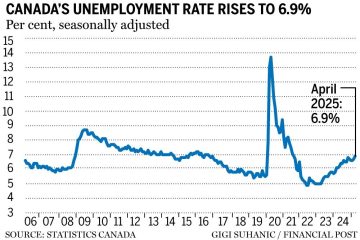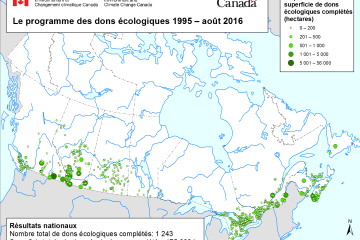Canada vs Netherlands: A Look at Two Nations

Introduction
The comparison of Canada and the Netherlands is significant in understanding diverse cultures, economies, and governance structures. Both nations are known for their high quality of life, progressive policies, and commitment to environmental sustainability. With Canada being the second-largest country in the world and the Netherlands being one of the most densely populated countries, their respective approaches to societal challenges offer valuable insights.
Geography and Demographics
Canada spans approximately 9.98 million square kilometers with a population of about 39.5 million, while the Netherlands covers 41,543 square kilometers, home to over 17 million people. This stark difference in size and population leads to distinct urban development patterns. Major Canadian cities like Toronto, Vancouver, and Montreal offer wide spaces, while Dutch cities like Amsterdam and Rotterdam are known for their compactness and efficient public transport systems.
Economy
Both countries have robust economies, but they operate in different environments. Canada’s economy is resource-rich, with significant contributions from the oil, mining, and forestry industries. In contrast, the Netherlands thrives on trade due to its strategic location in Europe, boasting a significant import-export economy. The Dutch economy is also characterized by its agricultural sector, which is among the most productive globally, employing innovative technologies to maximize output.
Culture and Society
Culturally, both nations are known for their inclusivity. Canada is often celebrated for its multiculturalism, while the Netherlands is recognized for its progressive social policies. The Dutch have a long history of tolerance and freedom of expression, which is reflected in their liberal views on issues such as drug policy and LGBTQ+ rights. Canada similarly promotes diversity through its policies that support immigration and multiculturalism.
Environmental Policies
Both nations are also leading the charge in environmental conservation. Canada has vast natural resources and wilderness areas, pushing for initiatives aimed at preserving these regions. The Netherlands, on the other hand, is dealing with significant issues related to climate change, as a large portion of its land is below sea level. The Dutch have implemented advanced engineering techniques for flood management and renewable energy adoption.
Conclusion
In conclusion, while Canada and the Netherlands differ in terms of geography, demographics, and economic foundations, both share a commitment to progressive values and environmental sustainability. As global citizens, understanding the nuanced characteristics of these two nations can inspire and inform collaborative efforts toward tackling common challenges. With the continuing globalization of economies and cultures, the relationship between Canada and the Netherlands could pave the way for future partnerships focusing on innovation and sustainability, ultimately benefitting both nations.









